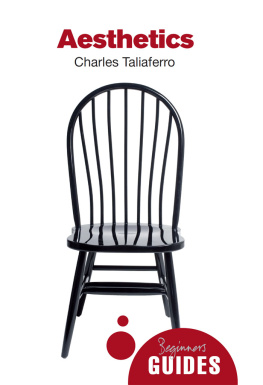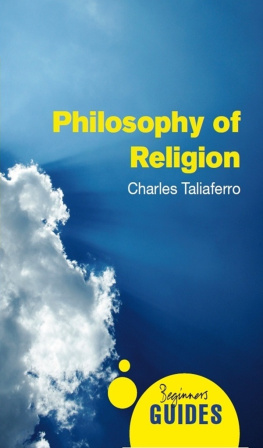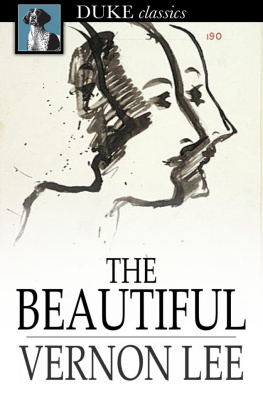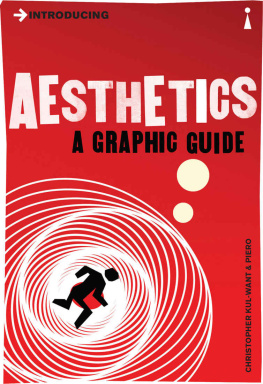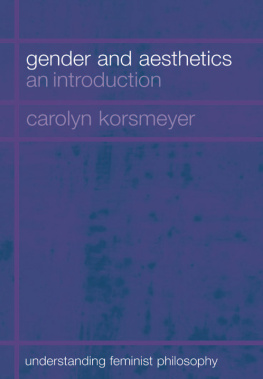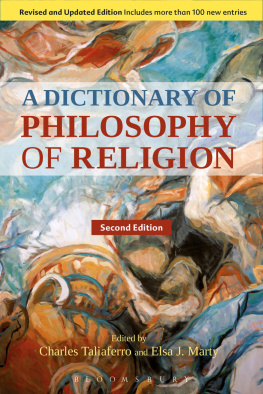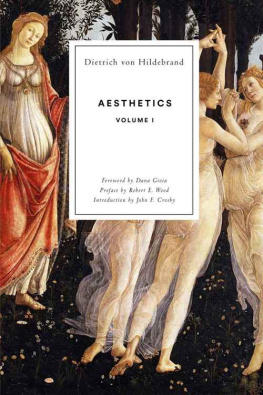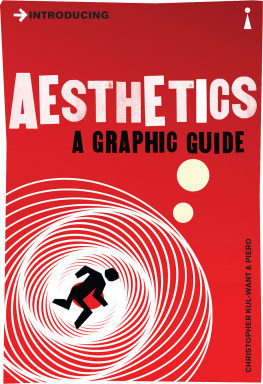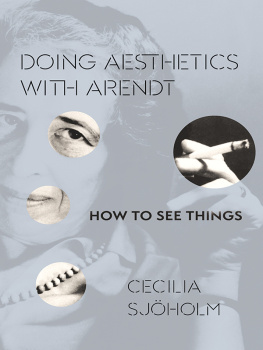ONEWORLD BEGINNERS GUIDES combine an original, inventive, and engaging approach with expert analysis on subjects ranging from art and history to religion and politics, and everything in between. Innovative and affordable, books in the series are perfect for anyone curious about the way the world works and the big ideas of our time.
aesthetics
africa
anarchism
aquinas
artificial intelligence
the bahai faith
the beat generation
biodiversity
bioterror & biowarfare
the brain
british politics
the buddha
cancer
censorship
christianity
civil liberties
classical music
climate change
cloning
cold war
conservation
crimes against humanity
criminal psychology
critical thinking
daoism
democracy
descartes
dyslexia
energy
engineering
the enlightenment
epistemology
evolution
evolutionary psychology
existentialism
fair trade
feminism
forensic science
french revolution
genetics
global terrorism
hindusim
history of science
humanism
islamic philosophy
journalism
judaism
lacan
life in the universe
literary theory
machiavelli
mafia & organized crime
magic
marx
medieval philosophy
middle east
NATO
nietzsche
the northern ireland conflict
oil
opera
the palestineisraeli conflict
paul
philosophy of mind
philosophy of religion
philosophy of science
postmodernism
psychology
quantum physics
the quran
racism
renaissance art
shakespeare
the small arms trade
sufism
volcanoes


A Oneworld Book
Published by Oneworld Publications 2011
This ebook edition published in 2012
Copyright Charles Taliaferro 2011
The moral right of Charles Taliaferro to be identified as the Author of this work has been asserted by him in accordance with the Copyright, Designs and Patents Act 1988
All rights reserved
Copyright under Berne Convention
A CIP record for this title is available
from the British Library
ebook ISBN 978-1-78074-125-3
Paperback ISBN 978-1-85168-820-3
Typeset by Glyph International Ltd., Bangalore, India
Cover design by vaguelymemorable.com
Front cover image James Stuart Duncan
Oneworld Publications
185 Banbury Road,
Oxford, OX2 7AR
England
Stay up to date with the latest books,
special offers, and exclusive content from
Oneworld with our monthly newsletter
Sign up on our website
www.oneworld-publications.com
Illustrations
Acknowledgements
I am immensely grateful to the many students I have worked with in the course Aesthetics at St Olaf College and to the participants in the Art and Philosophy Reading Group. A few words about this group: in 1993 the American painter Jil Evans and I began the Art and Philosophy Reading Group in Minnesota that meets monthly for a common conversation about aesthetics, philosophy of art, art criticism, and art exhibits. This open-ended group (which still meets today) is made up of artists, curators, art critics, philosophers and anyone interested in a good-humored dialogue about art where no single person is in charge, no one dominates the conversation, and the subject of the next meeting is decided democratically. There are about a hundred people invited and, in practice, about thirty people attend each meeting. Both in the Aesthetics class and in this group, it has been a joy to practice aesthetics through provocative, engaging, sometimes absolutely exhilarating, exchanges.
In addition to thanking some specific individuals, I want to do three things in these acknowledgements: first, I recommend to all readers of this introduction to aesthetics the importance of studying and practicing aesthetics in groups. This book can be read in solitary confinement, but I suggest it will be of greater benefit if you work through its themes and recommended reading with a group of aspiring artists and philosophers. You may have picked up this book because it is a requirement for an aesthetics class, so you are already working in aesthetics as a group. Even so, meeting with friends outside of class to do aesthetics has the additional merit of making aesthetics a part of your life and not just schooling. Second, I want to thank the Art and Philosophy Reading Group and my students for insightful exchanges, energy, and wisdom, much of which has impacted the writing of this book. Third, I dedicate this book in gratitude and affectionate respect both to the Art and Philosophy Reading Group and to the students who have taken Philosophy 243, Aesthetics, at St Olaf College.
I thank Mike Harpley of Oneworld Publications for inviting me to write this Beginners Guide. I am deeply grateful to Tricia Little, Olivia James, Eric Erfanian, Elisabeth Granquist, Conner Westby, Therese Cotter, and Cara Stevens for advice, encouragement, and assistance in preparing this work for publication. I thank Kathleen McCully for her expert copyediting. I thank Anne Groton for her advice about New Comedy, Jonathan Hill for his guidance on poetry, and Cara Stevens for her insights on the sublime. Glenn Gordon and Matt Rohn provided invaluable editorial advice at many stages of re-writing, and I greatly acknowledge the advice of an anonymous reviewer for Oneworld. Paul Reasoner was a major contributor to reflections on Japanese aesthetics in Chapter 6. Timothy Brendler provided invaluable knowledge about classical music. I am especially grateful to Robert Entenmann and Karil Kucera for insights on Asian aesthetics, and I am grateful for helpful critical suggestions by Gary Iseminger and Vicki Harper.
Introduction
What is aesthetics?
Aesthetics refers to the philosophy of art and the philosophy of beauty. Both domains are teeming with controversial, philosophically interesting debates. In philosophy of art, there are fascinating, conflicting accounts of what is art and why works of art should be important to us. The very difference between art and non-art has been challenged by philosophers and artists. And the meaning and evaluation of art (or art criticism) is an ongoing, exciting area of inquiry in which there are different views of the importance of creativity, originality, imagination, ethical content (if a work of art promotes sexism or racism, is it necessarily bad art?), and whether a great work of art should stand the test of time.
Philosophical reflection on beauty has sometimes run parallel to the philosophy of art, but it brings in a broader set of issues. Today many artists do not see beauty as a principal goal and some wildly celebrated artworks seem quite ugly. For many people, judgments of beauty and ugliness seem to be entirely a matter of taste. Beauty is in the eye of the beholder is now a clich. Still, beauty remains an important topic in aesthetics, for all sorts of reasons. Historically much art has been motivated by a concern with beauty and this seems widespread culturally, involving not just the west but Africa, Asia, and the Americas. There is currently a revival of philosophical interest in beautys role both in art today and in ethics. We will consider the reasons behind this revival in Chapter 1 but, briefly, some philosophers might agree that beauty is in the eye of a beholder but then they propose that there are ways of beholding that are more reliable or illuminating than others. And in ethics today it is now fairly common to recognize that some moral judgments are based on aesthetics and not just, for example, science, history, intuition, and so on. The sub-title of a recent environmental ethics book is telling:
Next page
